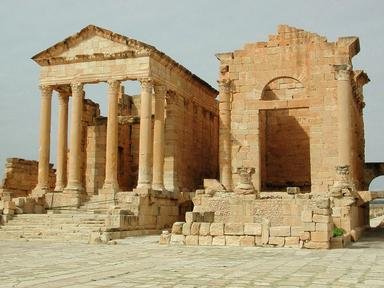4. In the 1800s, much of the interior area surrounding the Congo River was explored by Europeans for the first time. Which journalist, credited with uttering the famous words, "Doctor Livingstone, I presume", led the expeditions?
From Quiz A Tale of Two Congos
Answer:
Henry Morton Stanley
Welsh by birth, Stanley traveled to the United States in his teens and fought first for the Confederacy and then the Union in the American Civil War. (He had been captured by the Union troops and apparently decided if you can't beat them, join them). After returning to Britain, he took a job as a journalist and was sent to Africa to locate David Livingstone, a Scottish explorer who hadn't been heard from for a number of years while on an expedition to locate the source of the Nile. Together, Stanley and Livingstone explored much of eastern Africa, and after Livingstone's death, Stanley continued his exploration, moving to western Africa where he is credited with mapping the course of the Congo River. Incidentally, his famous quote may have been concocted; Livingstone never mentioned it.




 Top 10% Rated Quiz,
Top 10% Rated Quiz,
 Top 20% Rated Quiz,
Top 20% Rated Quiz,
 A Well Rated Quiz
A Well Rated Quiz